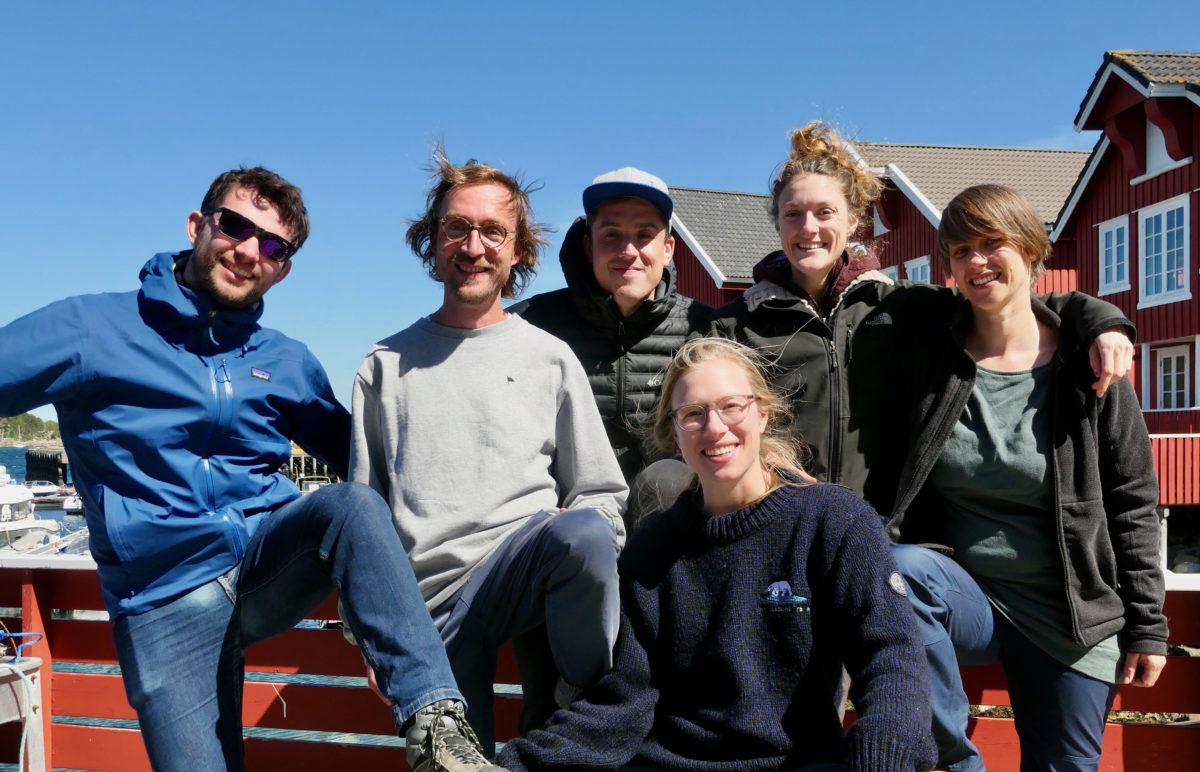At the Bioanalytical Toxicology group, we work at the interface of exposure science, biology, toxicology, and ecology to understand how plastic chemicals as well as nano- and microplastics disrupt biological systems from a molecular to a community level. Using in vitro tools, omics, invertebrate models, and mesocosms, we investigate the impacts of plastics on human health and the environment. We combine non-target mass spectrometry and computational tools to elucidate the complex chemical composition of everyday plastic products to better characterize human and environmental exposomes.
The goal and major motivation of our research is to contribute to better protect human and ecosystem health from pollution.
Our work follows three lines of research:
Understanding how chemicals disrupt molecular and cellular signaling
We currently address the question of how chemicals disrupt molecular and cellular signaling using complex, real-world mixtures of plastic chemicals. While plastic produces are a relevant source of chemicals exposures, they are critically understudied. Thus, we study how these complex chemical mixtures interfere with nuclear receptors and cell-surface receptors but also with adipogenesis as key processes involved in endocrine and metabolic disruption.
Developing a more holistic view of the human exposome
A big part of our research focusses on improving our understanding of the human exposure to plastic chemicals. In a range of studies, we demonstrate that plastic products are chemically very complex, containing hundreds to thousands of chemical features. We also show that these mixtures of chemicals induce toxic responses at the molecular, cellular, and organismal level. We combine high-resolution mass spectrometry with biological and in silico tools to identify so-far unknown toxicants, including endocrine and metabolism disrupting chemicals.
Quantifying the impacts of nano- and microplastics on the health of humans and freshwater ecosystems
The group works on multiple projects to characterize the toxicity of nano- and microplastics in aquatic invertebrates. Our research is guided by using realistic plastic particles (e.g., fragments, fibers produced in house), testing natural particles for benchmarking, and including multiple stressors scenarios. On the biological side, we have worked with human immune cells, freshwater and marine zooplankton, gastropods, bivalves, insects, and birds. We apply a broad array of tools, covering molecular (transcriptome), cellular (inflammasome), tissue-level (energy budgets, oxidative stress), organismal (growth, reproduction), and ecological endpoints (population and community structure).
Translating our science to the public and supporting policy development to mitigate plastic pollution is a central theme in our work. We engage in outreach activities to promote the public understanding of the impacts of plastics and in the political processes, by advising policymakers across the globe.
Have a look at our project and publication lists for more information!

